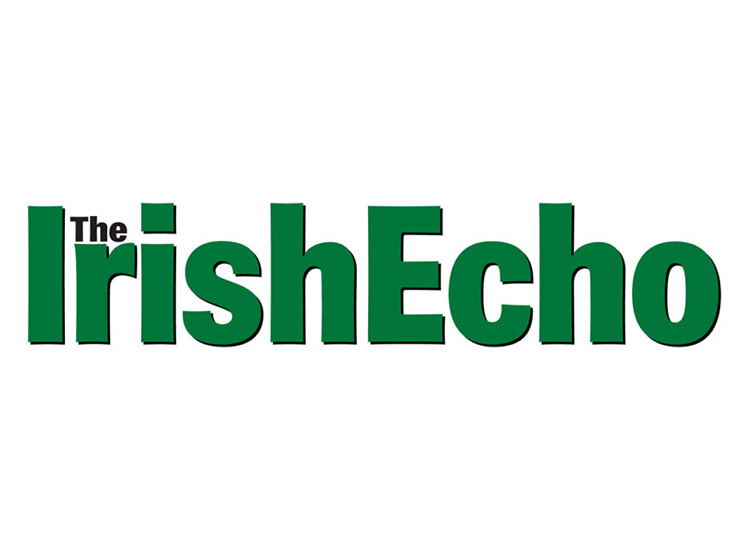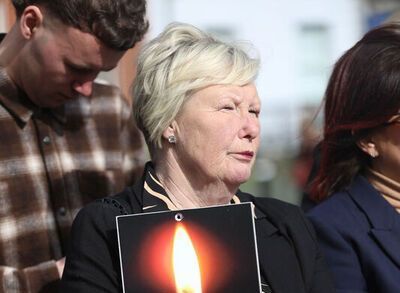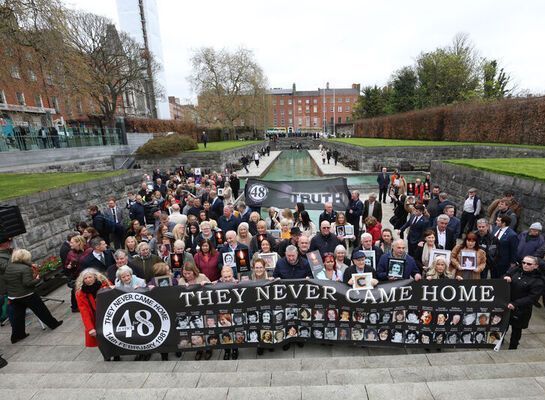Ireland is about to be presented with a rare study in contrast: a back to back visit by a British queen and an American president. For those who are charged with recording such events for posterity, the twin visits will be like Christmas in May.The queen's visit will be a full state affair, so there will be a lot of pomp and ceremony.The president's will be a less formal one, with more pop than pomp as a result. Both visitors could end up visiting Croke Park. In the case of the queen, this may well entail a solemn aspect as it will likely include a remembrance ceremony for the victims of Ireland's original Bloody Sunday in 1920.The queen also seems set to pay her respects to the fallen of 1916, and those Irish who died in the world wars. The symbolism of such actions cannot be underestimated. The Irish state has long venerated the dead of the Easter Rising and subsequent War of Independence, even in the face of an historical revisionism that has, at times, bordered on the hateful.The South has made great strides, too, in acknowledging the motives and sacrifice of so many who fought in World War One, this even as fighting raged in the streets of Dublin. The same applies to the Irish of World War Two, a conflict in which the South stayed out of by virtue of a neutrality that placed little restriction on the actual participation of many Irish men and women. Queen Elizabeth will be the first reigning monarch to visit what is now the territory of the Republic since her grandfather, George V, spent a week back in 1911, a time when a unified Ireland was still part of the United Kingdom. The fact that it has been a hundred years since a visit of the head of state of Ireland's next door neighbor merely underlines the extraordinary nature of Irish and British history.In the intervening century there have been visits to the island by five serving U.S. presidents: Kennedy, Nixon, Reagan, Clinton and George W Bush. President H W Bush visited when he was vice president.As has been the case with his predecessors, President Obama will be in Ireland on a mission to learn more about family roots. The queen will be working to strengthen ties between neighboring national families that have been intermarrying for generations, even as they have fought over conflicting views of each other's destiny.Elizabeth has been on the throne for 58 years. In that time, the constitutional arrangements underpinning her United Kingdom have been significantly amended. The North, that part of her kingdom that needed the greatest degree of change, has managed much of what was clearly needed, though there is obviously more to be done.As head of state there are certain limits on the queen's actions during her visit. That said, she has long shown an independent streak so the content of speeches, the nuances, perhaps even the emotional content, will be carefully sifted and parsed.Less analytic attention need be paid President Obama inasmuch as his words will be more freely delivered, and likely less nuanced.But there are issues that he might pay attention to, and that will be carefully studied by his Irish hosts. As we know, the Republic is a major center for U.S. corporate investment and there has been much argument over the country's low corporate tax rate.President Obama is on record favoring a lowering of high U.S. rates, but not down to anywhere near the 12.5 percent pertaining in Ireland. The president's feeling on this use can't be underestimated but, either way, his presence on Irish soil will draw much positive attention, a good deal of it with the potential to spur tourism and other business interests.The same goes for the royal visit. Britain is yet the Republic's primary trading partner, and a hugely important tourism market just a short distance away. It is important then, indeed crucial, that both these visits go well, though, of course, we can only hope for a little decent weather.










